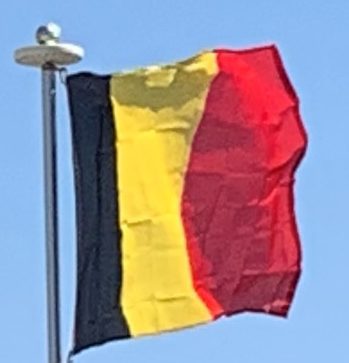Urban tram networks exist in Antwerp (the Antwerp Pre-metro), Ghent and Brussels (the Brussels trams), and are gradually being extended. The only rapid transit system in Belgium is the Brussels Metro.
There are 73,579 miles of roads, among which there are 1,086 miles of motorways, 8,632 miles of main roads and 63,861 miles of other paved roads. There is also a well-developed urban rail network in Brussels, Antwerp and Charleroi.
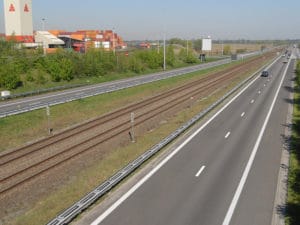
The ports of Antwerp and Bruges-Zeebrugge are two of the biggest seaports in Europe.
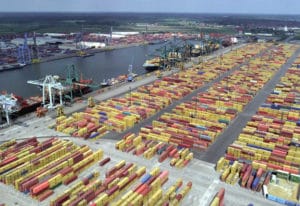
Other sea ports are located in Ghent and Ostend. Inland river ports include Brussels and Liège.
Brussels Airport is Belgium’s biggest airport. There are 42 other airports in Belgium, of which 27 have paved runways. In addition to Brussels, the following airports provide commercial services: Ostend-Bruges International Airport, the Brussels-South Charleroi Airport, the Liège Airport and the Antwerp International Airport.
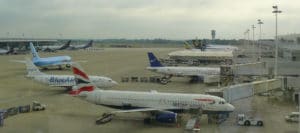
The Belgian national airline used to be Sabena from 1923 to 2001, until it went into bankruptcy. A new Belgian airline named SN Brussels Airlines was subsequently founded by business man Étienne Davignon. The company was then renamed as Brussels Airlines in 2006. In 2009, Brussels Airlines was taken over by German airline Lufthansa.
Flag of Belgium:
The national flag of the kingdom of Belgium is a tri-colour of three bands of black, yellow, and red. The colors were taken from the coat of arms of the Duchy of Brabant, and the vertical design may be based on the flag of France. When flown, the black band is nearest the pole (at the hoist side).
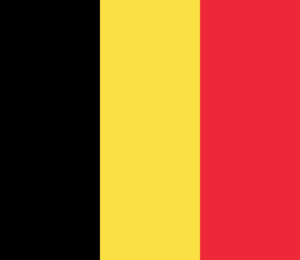
After the death of Charlemagne, the present-day territory of Belgium (except the County of Flanders) became part of Lotharingia, which had a flag of two horizontal red stripes separated by a white stripe. The territory then passed into Spanish hands, and after the coronation of Charles V, Holy Roman Emperor yellow and red, the colors of Spain, were added. From the 16th century to the end of the 18th century, the colours of what is now Belgium were red, white and yellow. Occasionally the red cross of Burgundy was placed on the white section of the flag.
During the period of Austrian rule, a number of different flags were tried, until the Austrian Emperor imposed the Austrian flag. The population of Brussels was opposed to this, and following the example of France, red, yellow and black cockades began to appear; those being the colors of Brabant. The colors thus correspond to the red lion of Hainaut, Limburg and Luxembourg, the yellow lion of Brabant, and the black lion of Flanders and Namur.
On 26 August 1830, the day after the rioting at the Brussels Opera and the start of the Belgian Revolution, the flag of France flew from the city hall of Brussels. The insurgents hastily replaced it with a tri-colour of red, yellow and black horizontal stripes made at a nearby fabric store.
